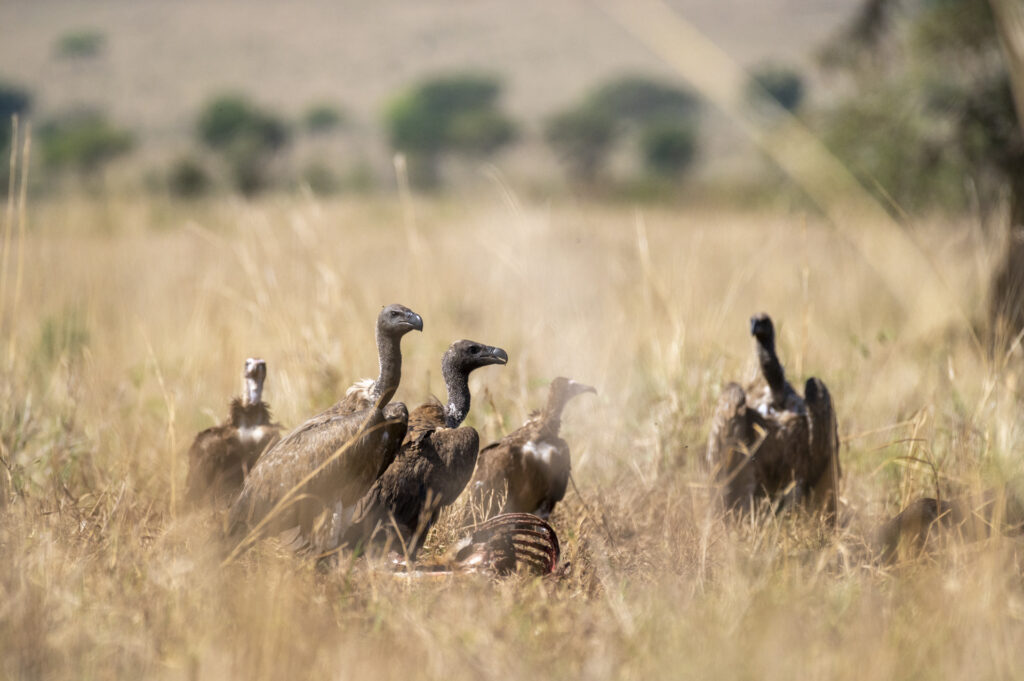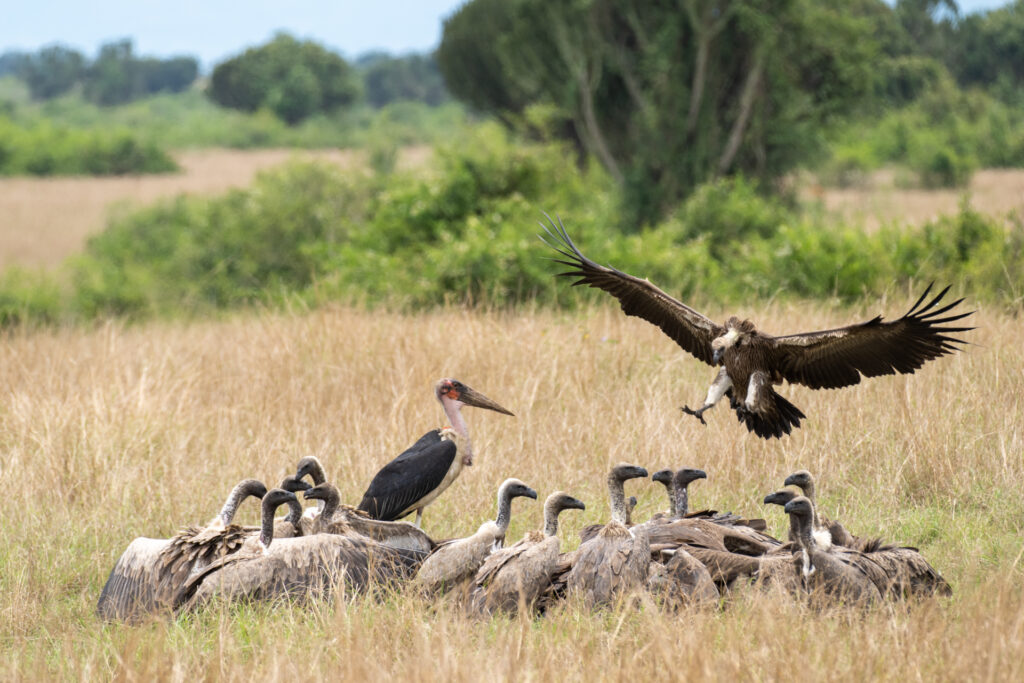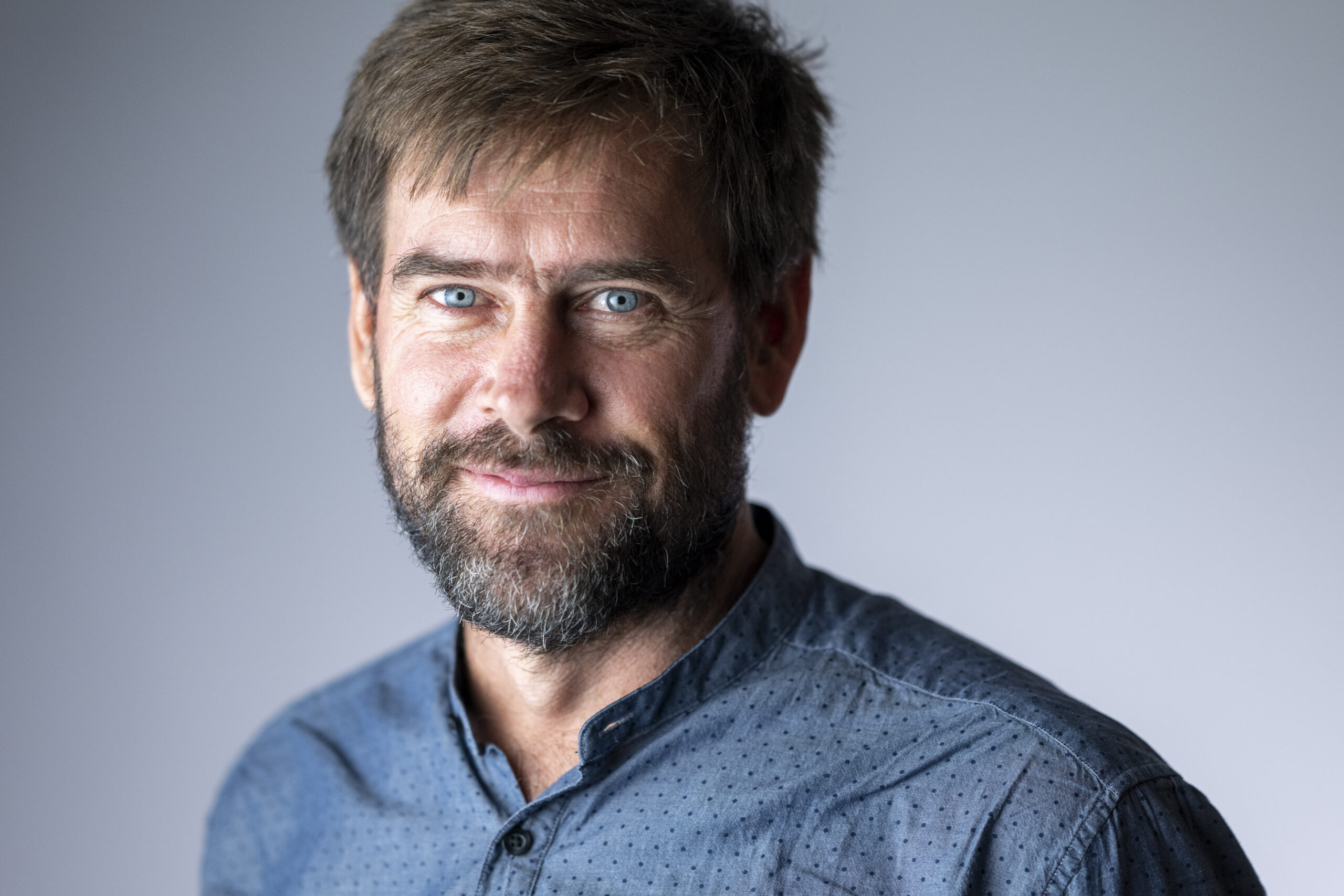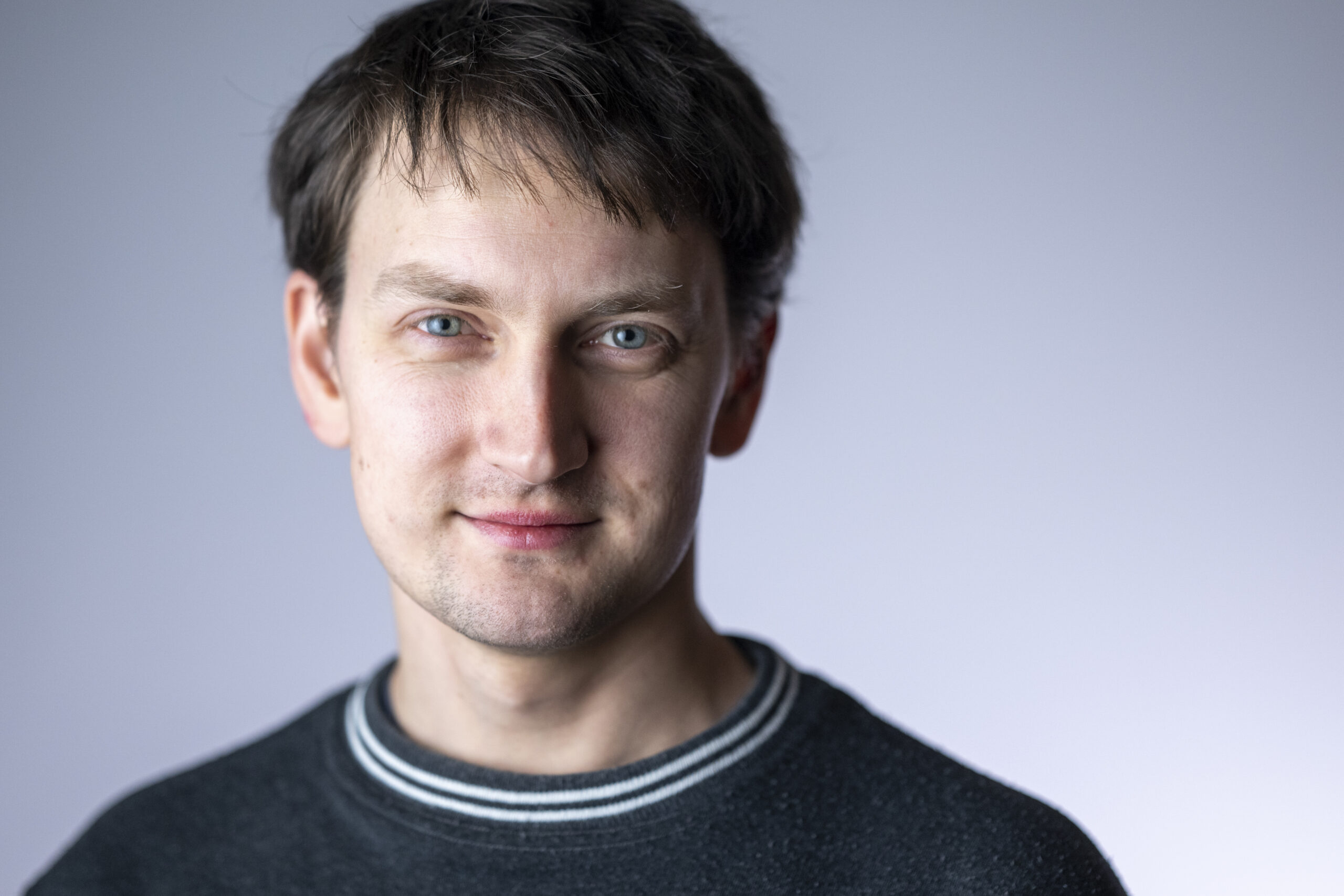In the animal kingdom it is common across taxa that the search for food is undertaken not only as individuals but in a group. Animals forage together or rely on knowledge from other individuals to find food. This so-called social foraging presumably yields benefits, for example concerning the amount of food that is found, the size of prey that can be hunted or the time required to access food. However, many species-specific mechanisms in behaviour and communication as well as the incentives, benefits and possible disadvantages for individuals are still being investigated. Within GAIA, the scientists research the social foraging strategies of white-backed vultures.



The important ecosystem function that vultures provide for example in the African savannah are only possible with a well-evolved strategy to signal the location of food to other individuals. After the first vulture locates the carcass, others join in a very short time and form large groups when feeding, which renders them an extremely efficient natural cleaning crew that, for example, limits the spread of wildlife diseases. Yet, it is not fully understood how exactly vultures achieve this as a group by exchanging social information and streamlining their behaviour.
The aim of this field of research within GAIA is to further investigate whether and how white-backed vultures use social information, how the density of individuals affect the level of social information they use and which communication mechanisms they employ during social foraging. This also includes assessing the potential disadvantages of using social information (e.g. competition for resources) and exploring the intraspecific communication and interaction with for example lions or hyenas that is connected to foraging.
The gained knowledge about social foraging and flight behaviour will help with decision-making of the new GAIA transmitter design and functionality. On the other hand, this field of research greatly relies on the GAIA achievements in AI-based behaviour classification and carcass detection. Last but not least, the understanding of vulture swarms and intraspecific interactions is inspiring the concepts of virtual, intelligent swarms of microprocessors – another level of development that is destined to be implemented on the GAIA transmitters in the future.



